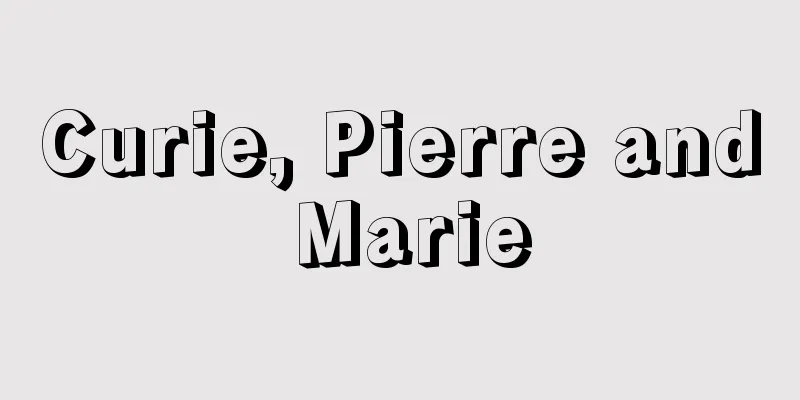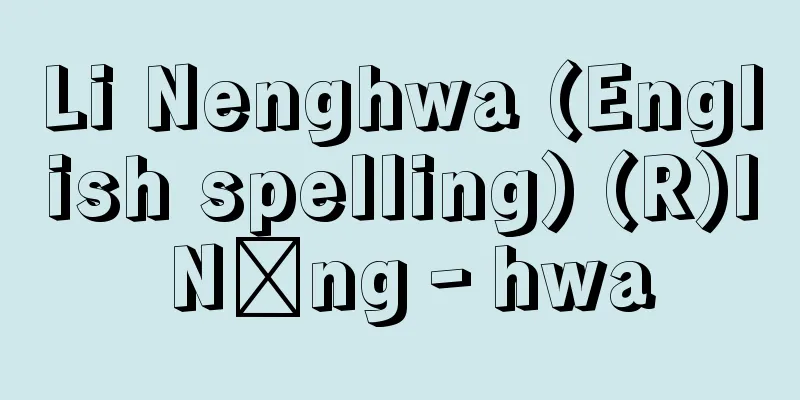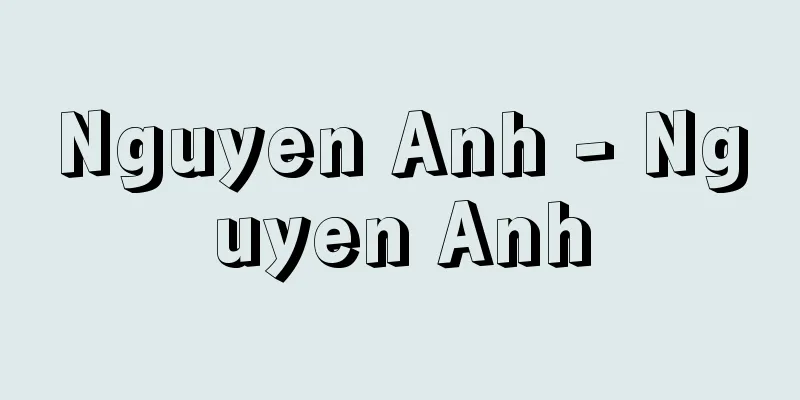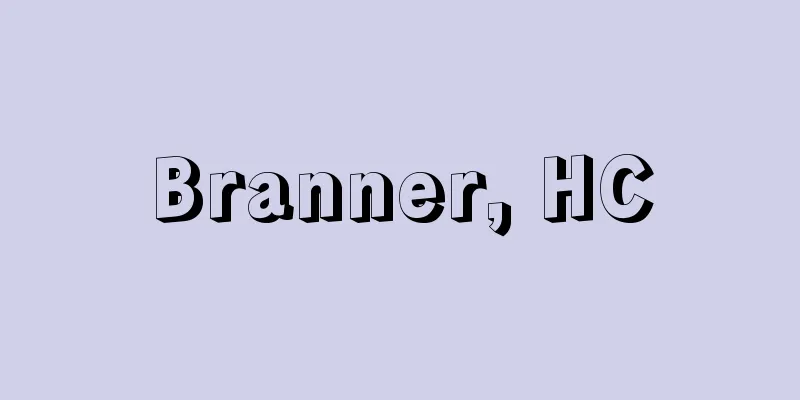Curie, Pierre and Marie

|
(Husband) Pierre 15 May 1859, Paris - 19 April 1906, Paris (Wife) Marie 7 November 1867, Warsaw - 4 July 1934, Haute-Savoie A married couple of French physicists. Pierre graduated from the Sorbonne and became an assistant there (1878) and a professor there (1904). Working with his brother Jacques, he discovered the phenomenon of piezoelectricity through his research into crystals, and gave a theoretical explanation for the symmetry of crystals and the symmetry of various physical phenomena as a relationship between electric fields and electric currents. He studied the effect of heat on magnetism, and in 1895 he discovered Curie's law and the Curie temperature, for which he received his doctorate. Marie taught herself mathematics and physics while working as a live-in tutor in Russian-occupied Poland, and went to Paris at the age of 24 (1891) to complete her degrees in physics (93) and mathematics (94) at the Sorbonne. While studying at the Sorbonne, she met Pierre and married him (95). While pursuing the radioactivity of uranium, which had just been discovered by H. Becquerel (96), she discovered the same radioactivity in thorium. After that, the couple worked together to track down radioactive substances (radioactivity) in pitchblende, and in 1909 they discovered two new radioactive elements (polonium and radium). At that time, Pierre invented an ionization chamber and a piezoelectric meter to measure radiation, and discovered alpha, beta, and gamma rays from his research into the radioactivity of radium in an electric field. In 1903, the couple shared the Nobel Prize in Physics with Becquerel, and Marie received her doctorate in the same year. The discovery of radioactivity surprised the world by experimentally proving the decay of atoms. After Pierre was hit by a wagon and died suddenly (1906), Marie became a professor at the Sorbonne (06) and isolated pure metallic radium (11). In 1911, she was awarded the Nobel Prize in Chemistry for the discovery of the two new elements and the isolation of pure radium. In her later years, she served as director of the Radium Institute, and her research was taken over by F. Joliot-Curie. Curie |
|
(夫) ピエール Pierre 1859.5.15. パリ~1906.4.19. パリ (妻) マリー Marie 1867.11.7. ワルシャワ~1934.7.4. オートサボア フランスの物理学者夫妻。ピエールは,ソルボンヌ大学を卒業し,そこの助手となり (1878) ,同教授 (1904) 。兄ジャックとともに結晶の研究から,圧電気現象を発見,結晶の対称性を理論的に説明し,種々の物理現象の対称性を電場と電流の関係として説明した。熱が磁性に及ぼす効果を研究し,1895年,キュリーの法則とキュリー温度を発見して学位を得た。マリーは,ロシア占領下のポーランドで住込みの家庭教師をしながら数学と物理学を独学し,24歳でパリに行き (1891) ,ソルボンヌで物理学 (93) と数学 (94) を修めた。ソルボンヌで研究中に,ピエールと知合って結婚 (95) 。当時 H.ベクレルが発見した (96) ばかりのウランの放射能を追ううち,トリウムにも同じ放射能を発見。以後,夫妻は共同でピッチブレンド中の放射性物体 (放射能) を追跡し,98年に新しい放射性元素 (ポロニウムとラジウム ) を発見した。その際,ピエールは放射線の測定に電離箱と圧電気計を考案し,電場におけるラジウムの放射能の研究から,α線,β線,γ線を発見。 1903年,夫妻はベクレルとともにノーベル物理学賞を受賞,同年マリーは学位を得た。放射能の発見は,原子の崩壊を実験的に証明して世界中を驚かせた。ピエールが荷馬車に轢かれて急死した (1906) あと,マリーはソルボンヌの教授となり (06) ,金属状態の純粋なラジウムを単離 (11) 。 11年,2つの新元素の発見と純粋ラジウムの単離に対して,ノーベル化学賞が授与された。晩年はラジウム研究所所長をつとめ,研究は F.ジョリオ=キュリーが引継いだ。 キュリー
|
>>: Curacao (English spelling) Land Curaçao
Recommend
Tabi socks
Tabi socks are worn on the feet for appearance an...
Kaga Plain
→Kanazawa Plain Source : Heibonsha Encyclopedia Ab...
Kartini (English spelling) Raden Ajeng Kartini
Founder of the Indonesian women's education m...
Proletarian Music - Proletarian Music
Musical activity aimed at promoting the class cons...
Abobyan, K.
...Electricity resources are abundant due to a ne...
Earwax (ear wax) - mimiaka (English spelling) cerumen
It is also called "jikou." Foreign matte...
Capra caucasica (English spelling) Capracaucasica
…[Tadaaki Imaizumi]. … From [Goat] …[Masao Yamash...
Idiacanthidae
...The eyestalk regresses as the fish grows, beco...
Oesho - Oesho
...The origin of Kannon is thought to be influenc...
Gloriosa simplex (English name) Gloriosasimplex
…[Tora Saburo Kawabata]. … *Some of the terms tha...
Zoffany, J.
…It became popular in many countries in the 18th ...
de Pontecoulant, PG (English spelling)
… Newton discussed the motion of the moon in his ...
One-step revolution - ichidan kaikakumei
...a debate within the Marxist camp from the late...
Alpes
… [Topography, Climate] A large mountain range th...
Ordinary banks and special banks
When national banks existed, ordinary banks were p...


![Kamoto [town] - Kamo](/upload/images/67cb407ab32cb.webp)






